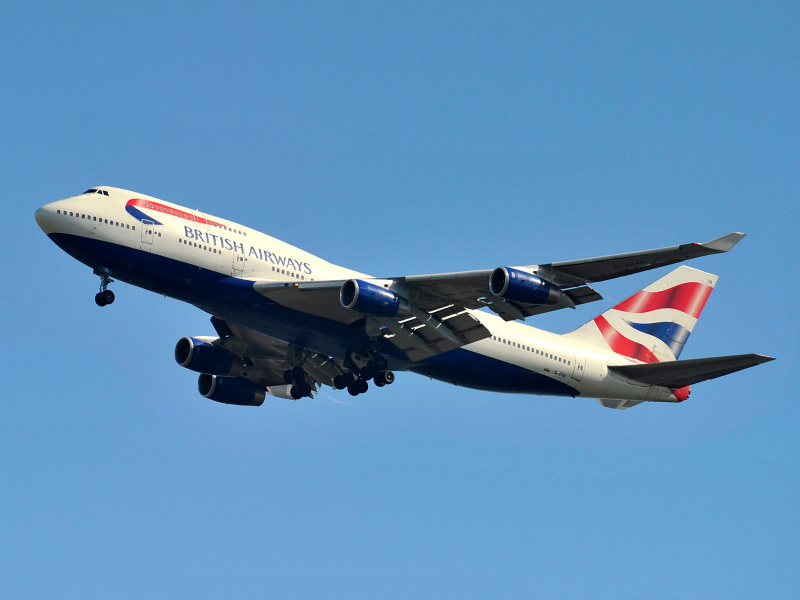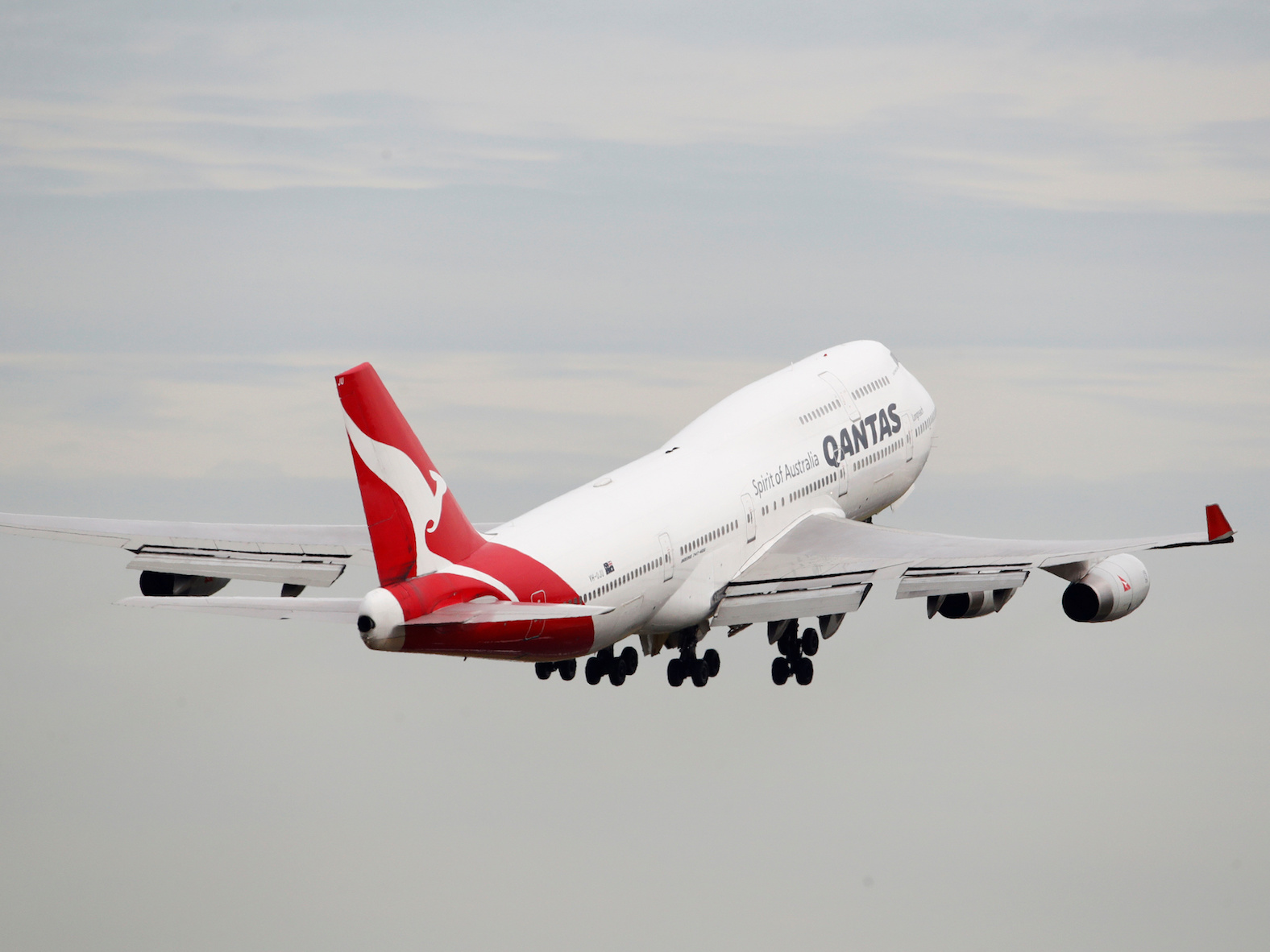- Boeing’s most iconic aircraft – the 747 – celebrated 50 years of passenger service in January having first flown passengers in 1970, one year after its first flight in 1969.
- Despite over 50 years in the air, most of the world’s airlines are retiring their 747s in favor of new, fuel-efficient dual-engine aircraft and the coronavirus pandemic is accelerating that trend.
- Foreign airlines and cargo carriers are among the last operators of the aircraft dubbed the Queen of the Skies with Boeing deciding to stop production entirely in 2022.
- Visit Business Insider’s homepage for more stories.
One of the greatest feats of American aerospace engineering celebrated 50 years of passenger service in January only to have its fate decided in July.
Boeing has announced that production of the iconic 747 will come to an end in 2022 as dwindling customer demand and low sales for its latest variant became the final nail in the coffin for the aging line.
The 747 was the first quad-jet engine and dual-level passenger aircraft to roam the skies. It’s known by many names including Jumbo Jet, Queen of the Skies, and even the Humpback, and is arguably the most recognizable aircraft ever.
Boeing conceived the aircraft in the mid-1960s when it was designed to be the next step up from the similarly four-engined and widely popular Boeing 707 passenger jet. With demand for air travel on the rise, the Boeing 747 would offer airlines greater seating capacity, increased range, and extra room for luxuries such as onboard lounges and bars.
Though it took its first flight in 1969, it wouldn't enter service until January 22, 1970 - 50 years ago - with Pan American World Airways.
Take a closer look at the story of the Boeing 747, the aircraft that would firmly establish America as a leader in aircraft manufacturing for decades to come.
Shortly after the Boeing 707 rushed the world into the jet age, airlines were already looking for bigger and better aircraft, including Pan American and its CEO, Juan Trippe.
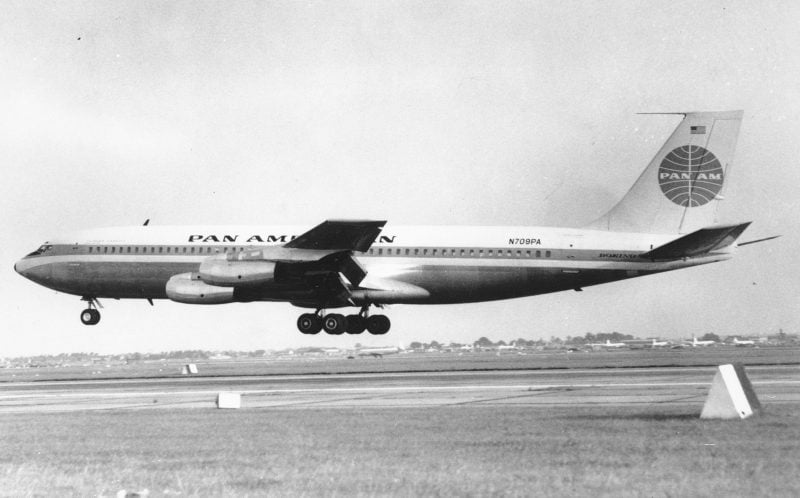
Fresh off the heels of competing for a government contract for a widebody military transport, Boeing used its newfound knowledge in the field to lay the foundation for its newest project.
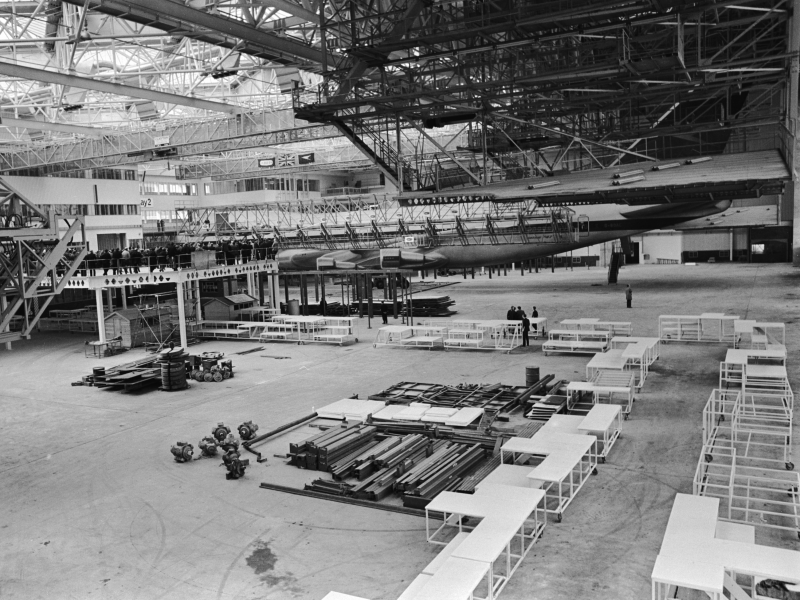
Source: Boeing
Over 50,000 employees working on the project at a new assembly plant in Everett, Washington, according to Boeing, that was so large it was given its own zip code. They were called "The Incredibles" and lead by veteran Joe Sutter.
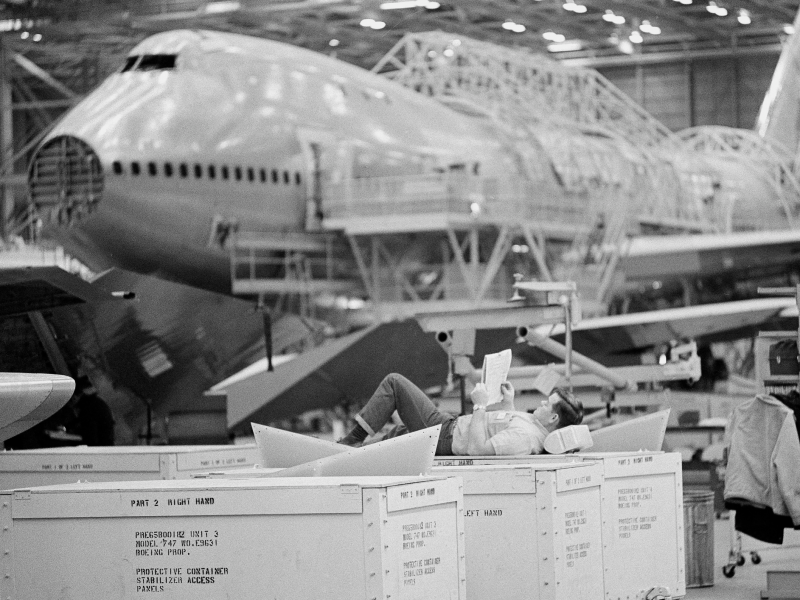
Source: Boeing
The aircraft they produced would be the Boeing 747-100, the first variant of a new aircraft that featured four engines and two-levels, the first jet aircraft of its kind.
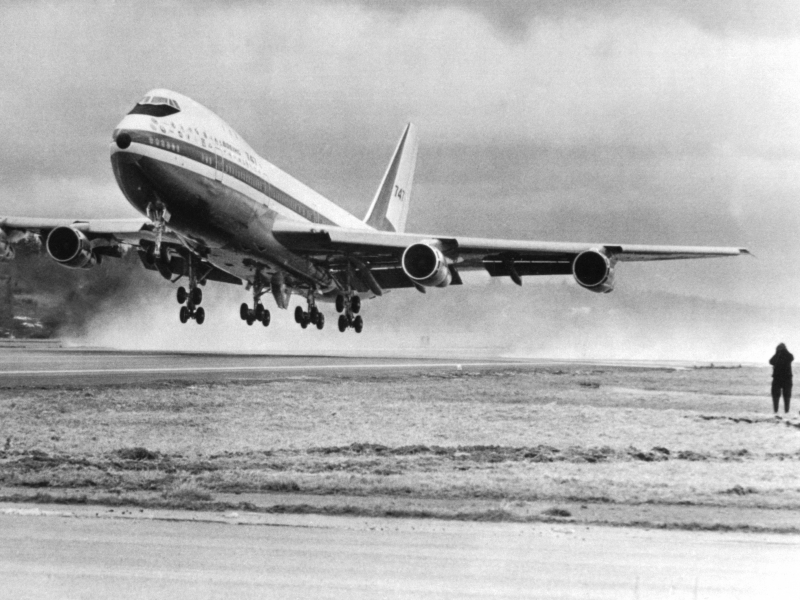
The flying public had never seen anything like it before, with jet aircraft only recently coming to prominence just over a decade prior.
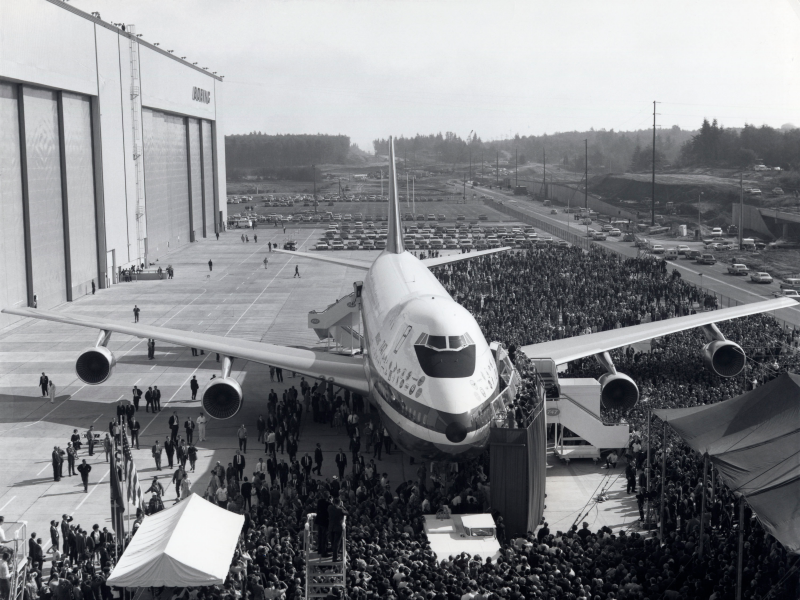
Its first flight flew in the early morning hours of January 22, 1970, from New York to London operated by Pan Am, inaugurating a new era for air travel.
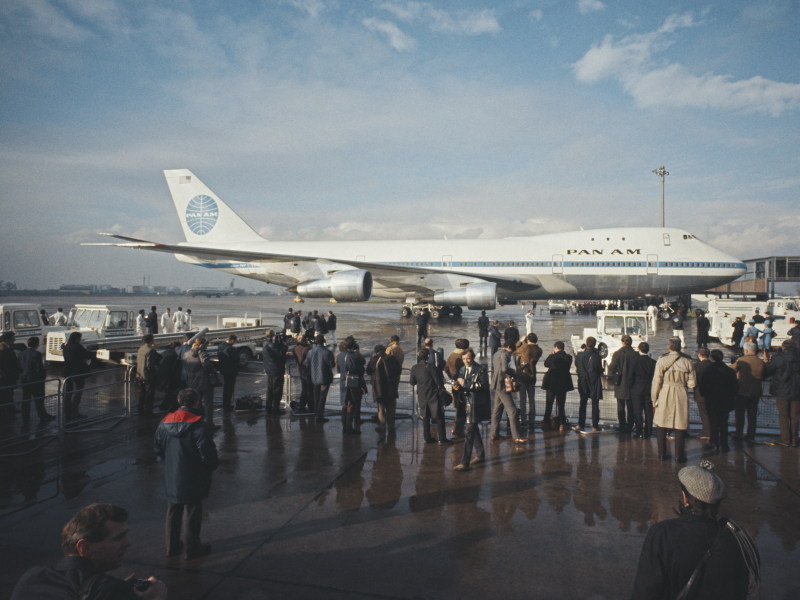
The aircraft was seen as a status symbol for airlines, with the extra space allowing for additional luxuries and extravagances on some airlines.
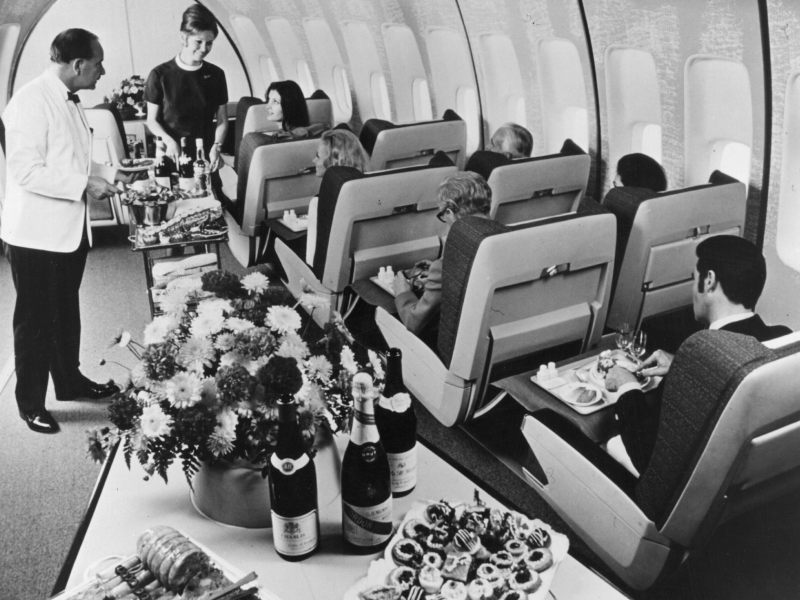
Most airlines of the time including Pan Am and Qantas used their upper decks for as bars, lounges, or restaurants.
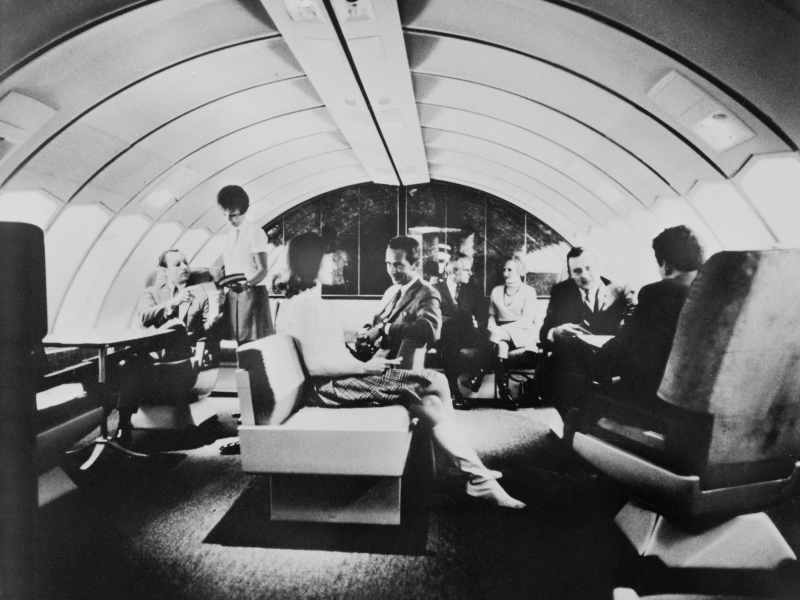
They were a glamorous place where passengers could steal away while flying high in an enclosed tube.
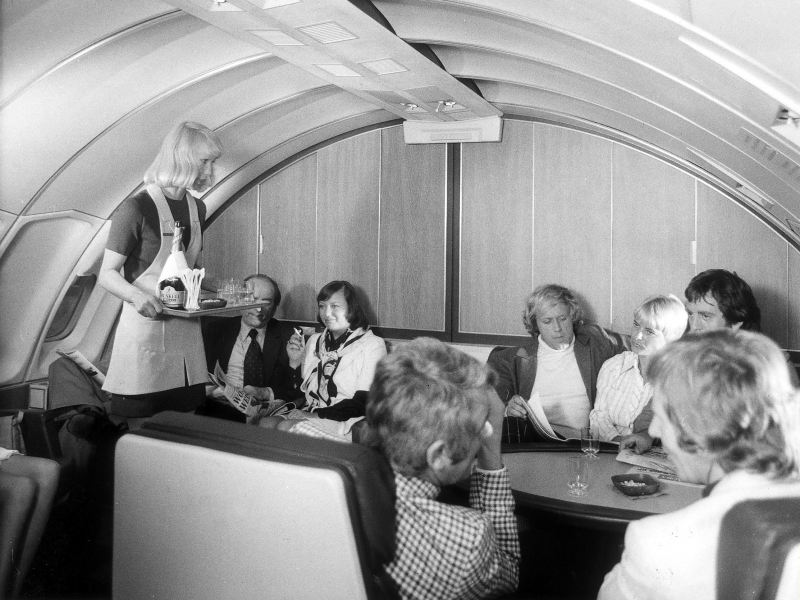
It was the most exclusive club in the sky.
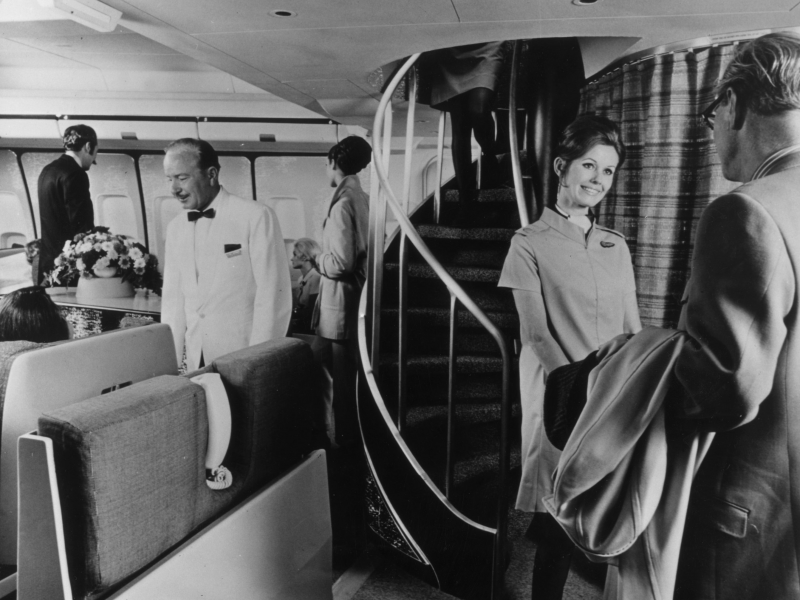
The aircraft allowed airlines to fly more people further, with normal passenger capacity for the aircraft growing to upwards of 300 seats in later variants.
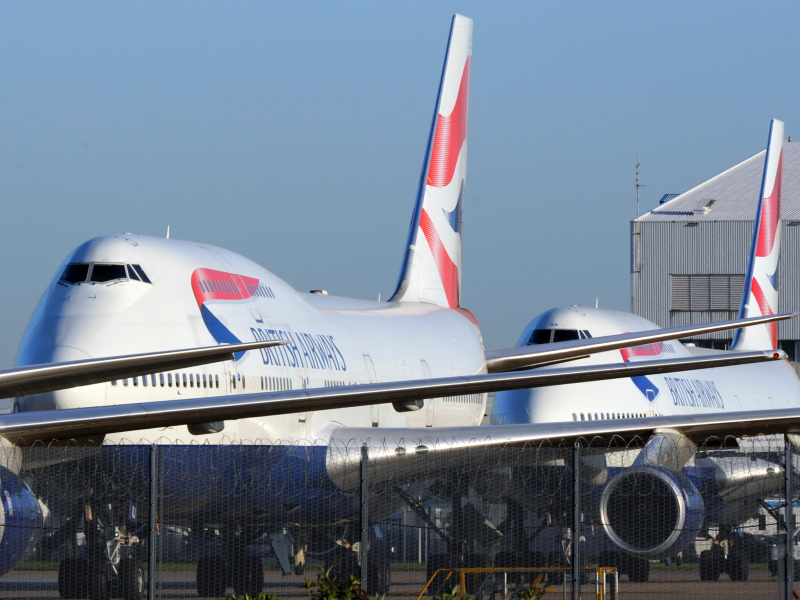
The range of the aircraft gradually increased over the years with the -400 variant - one of its more modern bestsellers - having the ability to fly over 7,000 nautical miles, enough to connect New York with nearly every continent with a non-stop flight.
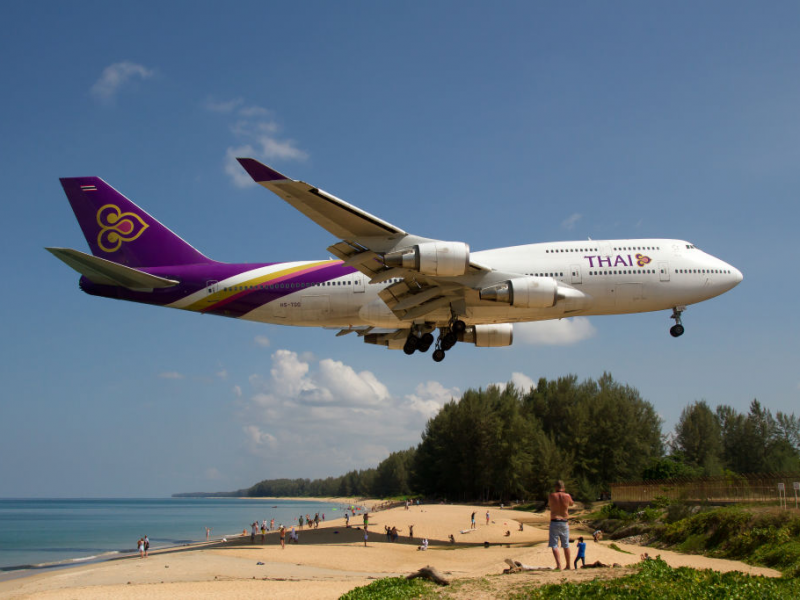
Source: Boeing
A testament to its popularity, Boeing produced numerous variants of the aircraft over a half-century beyond the initial model. After the 747-100 came the 747-200...
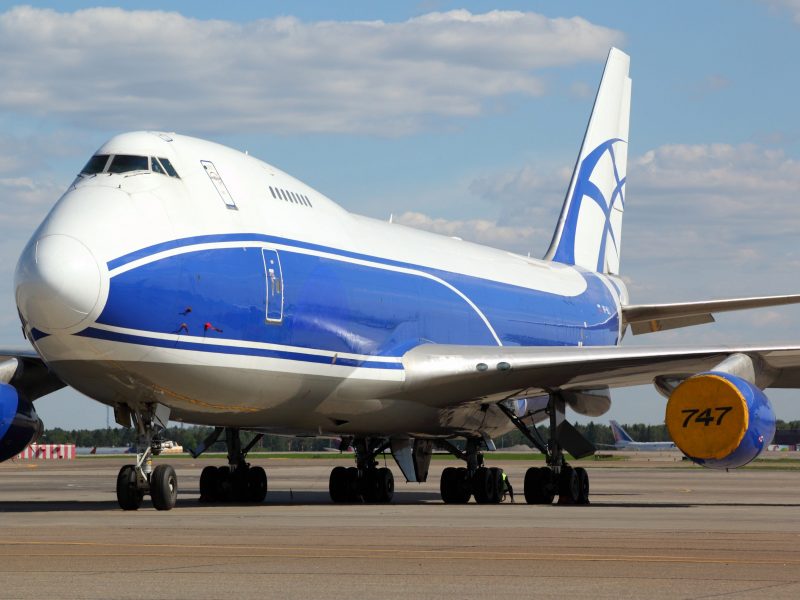
747SP...
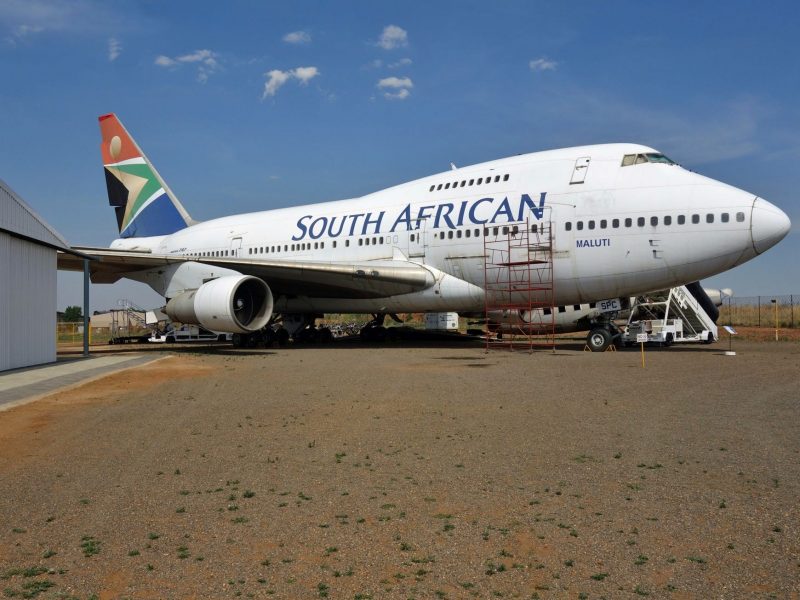
747-300...
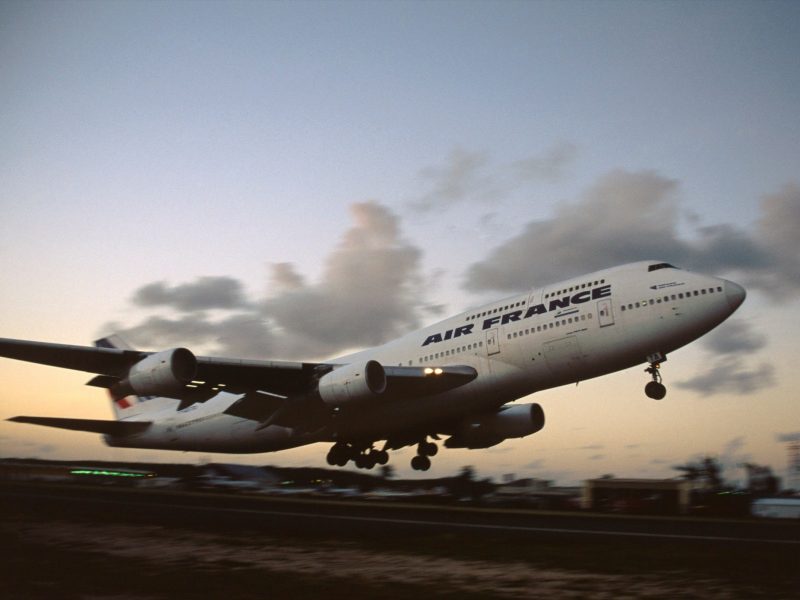
747-400...
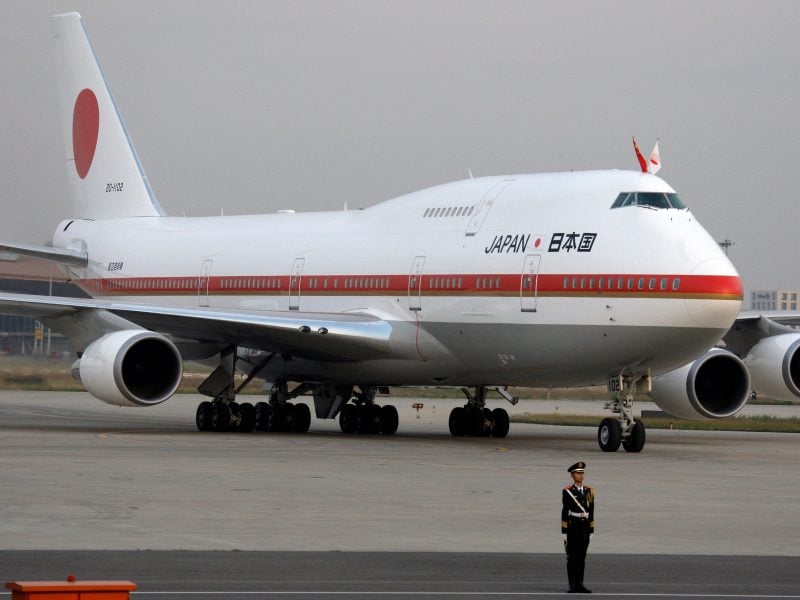
747-8i...
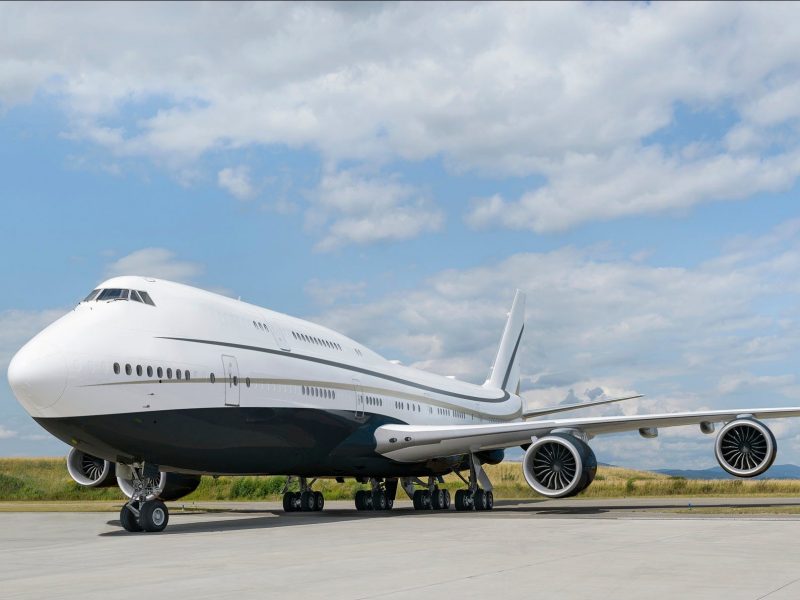
And the 747-400LCF Dreamlifter.
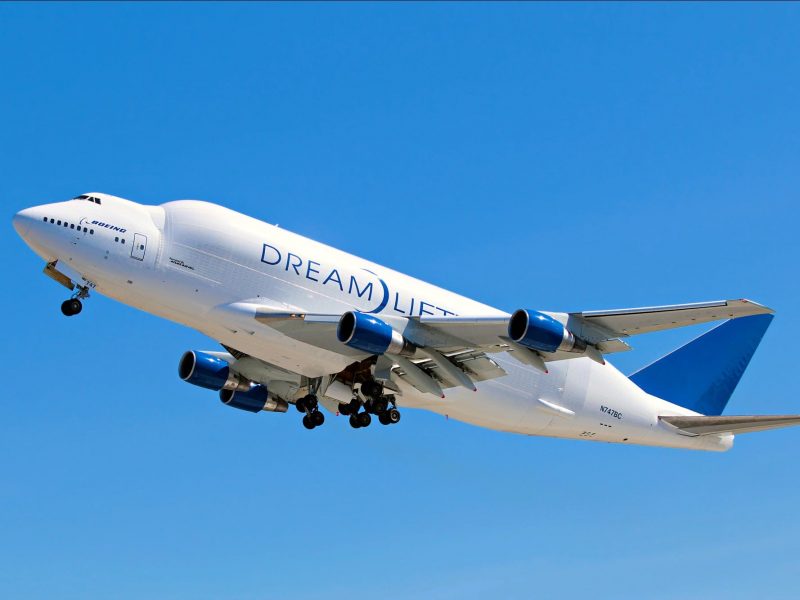
The jets have been used for passenger and cargo flying, as well as military usage, making it incredibly versatile.
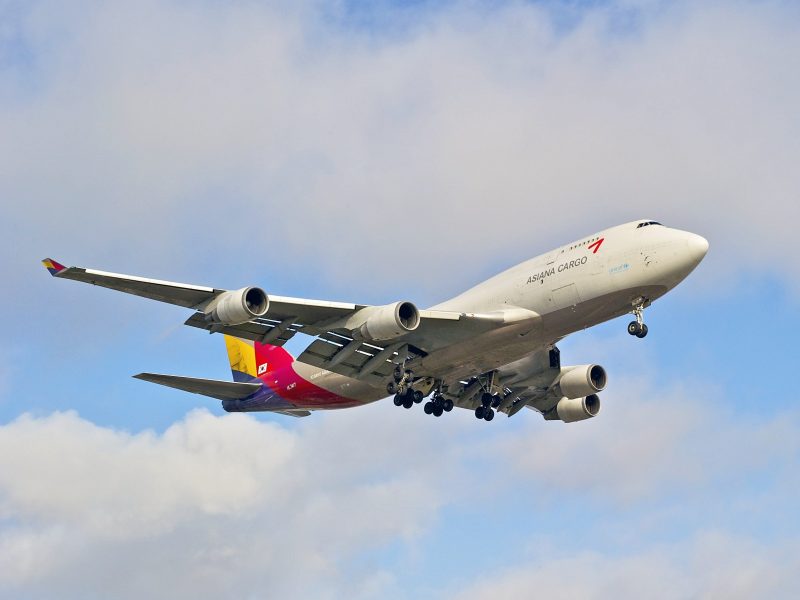
Even to this day, the Boeing 747 continues to outlive most of its rivals from the time period, including the supersonic and similarly iconic European Concorde.
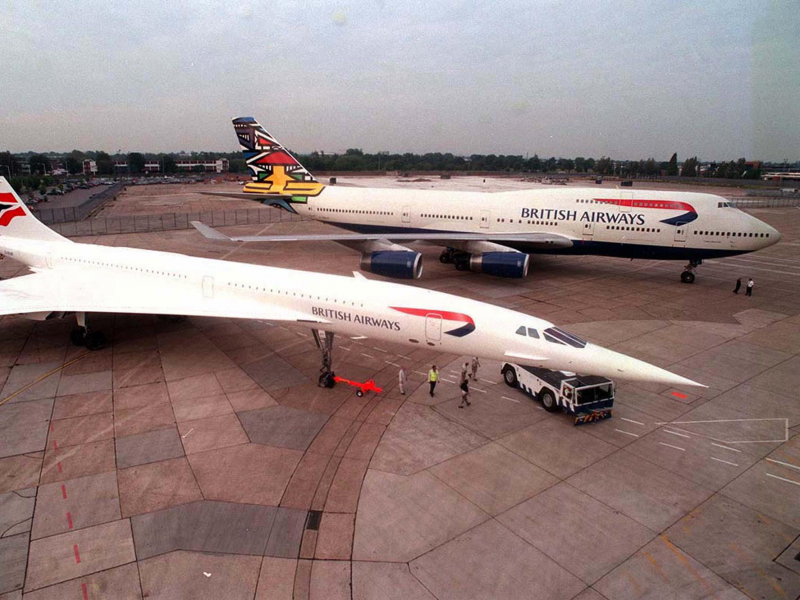
Its supremacy went unmatched for decades despite a long list of competitors until Airbus unveiled a dual-level and quad-engine aircraft of its own, the Airbus A380.
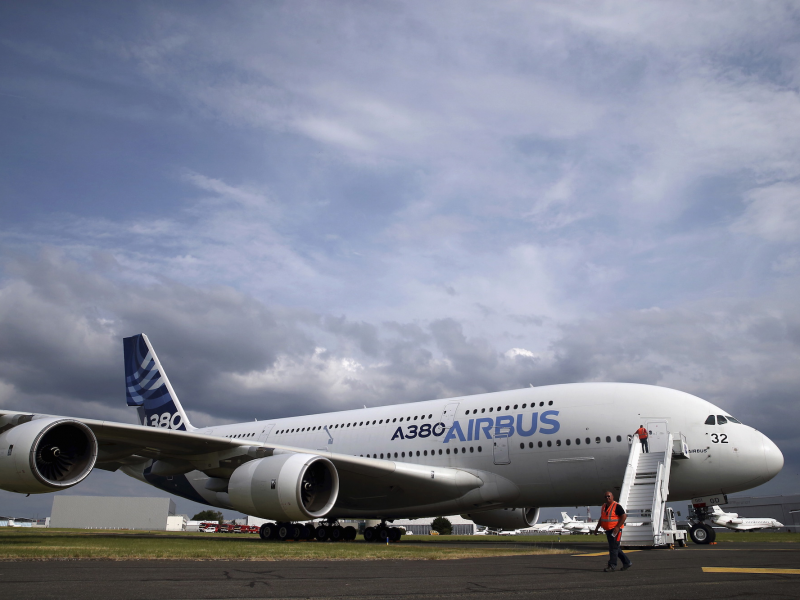
With the rise of fuel-efficient, dual-engine aircraft such as the Boeing 787 Dreamliner and Airbus A350 XWB, the need and desire for the quad engine aircraft such as the 747 and A380 has dwindled over the years, despite Boeing's best efforts with the larger and more modern 747-8i.
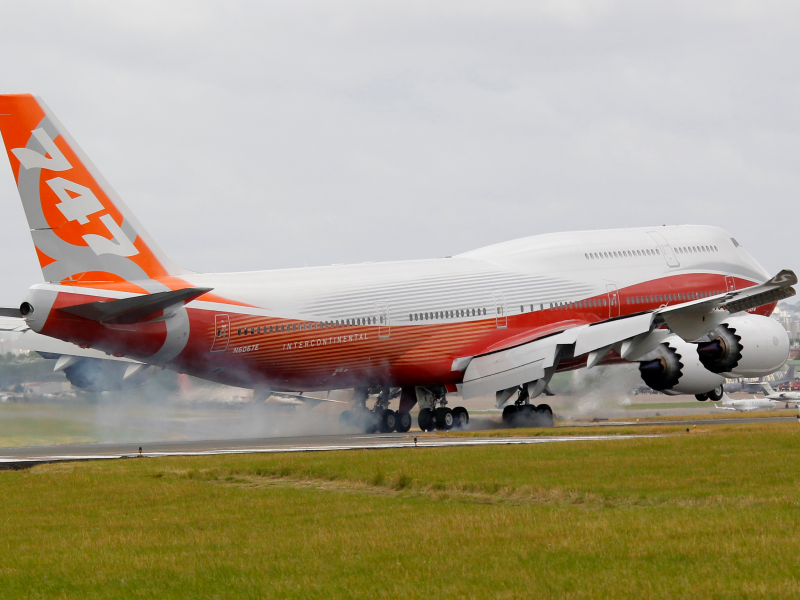
Most operators of the more recent -400 variant have retired or are in the process of retiring their fleets, with only a handful opting to upgrade to the 747-8i variant.
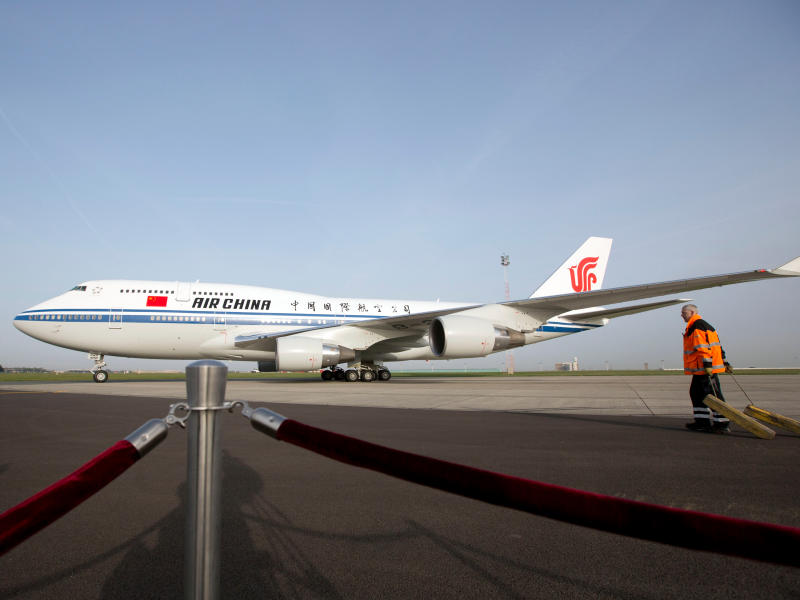
Only three airlines purchased the Boeing 747-8i for passenger service: Korean Air...
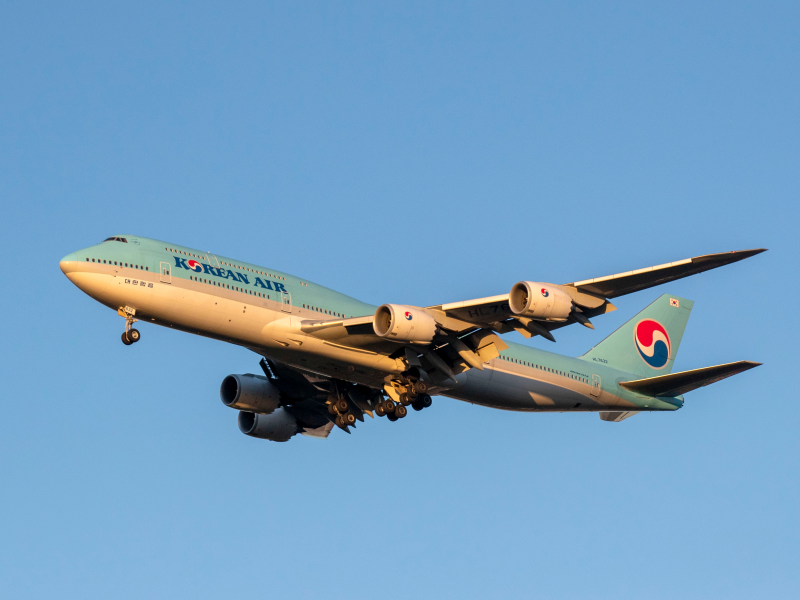
Lufthansa...
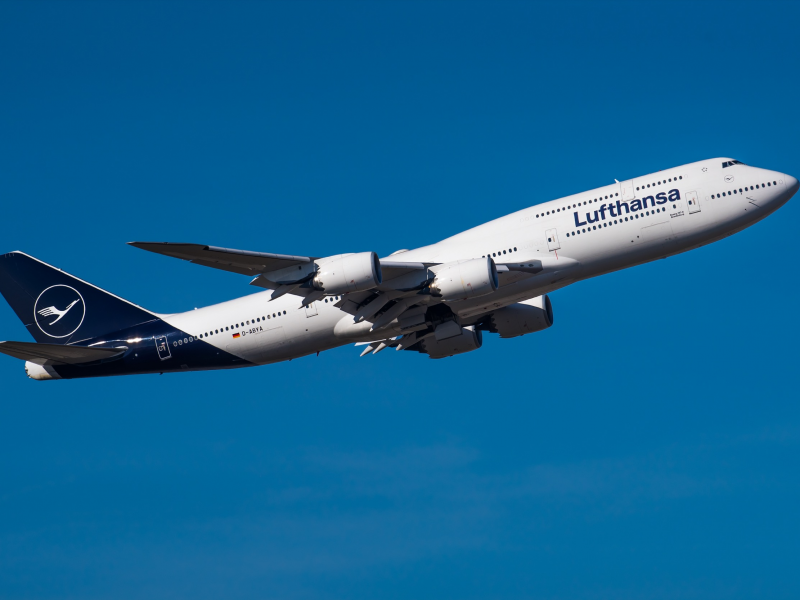
And Air China.
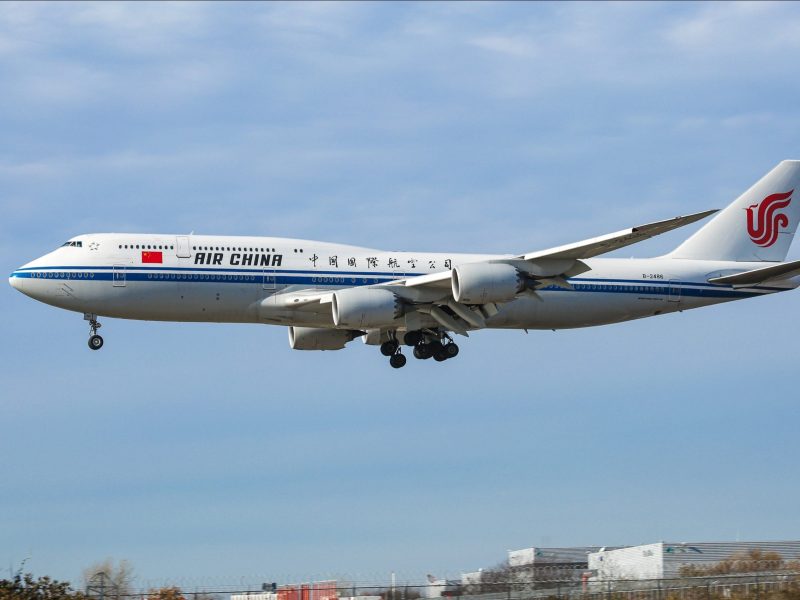
The rest were cargo airlines such as UPS Airlines...
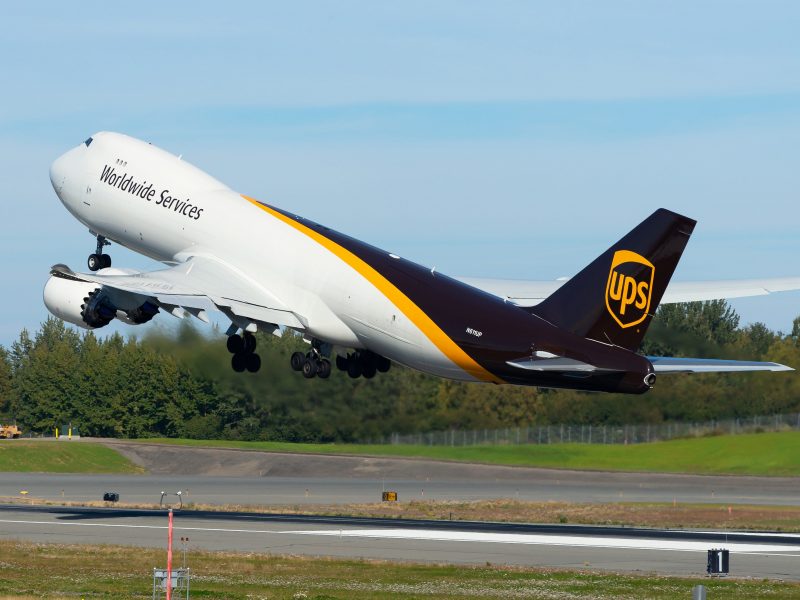
Qatar Airways Cargo...
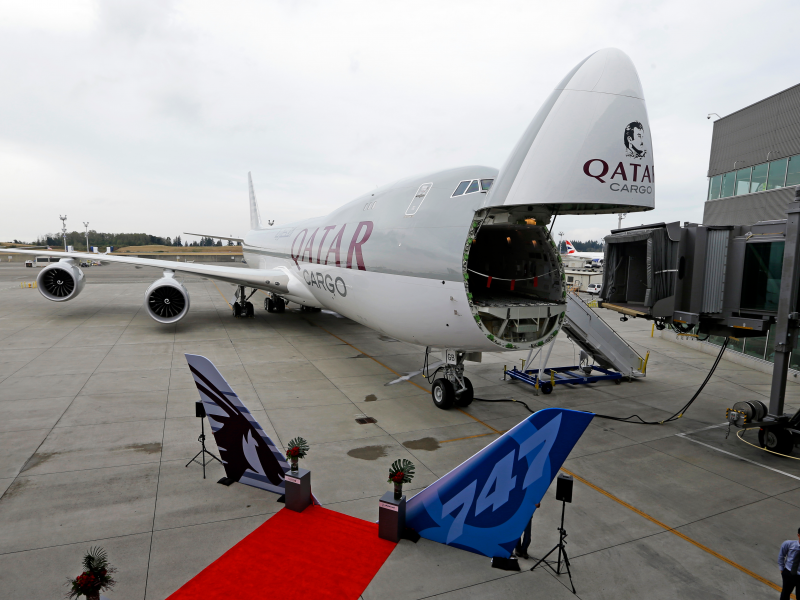
And Atlas Air.
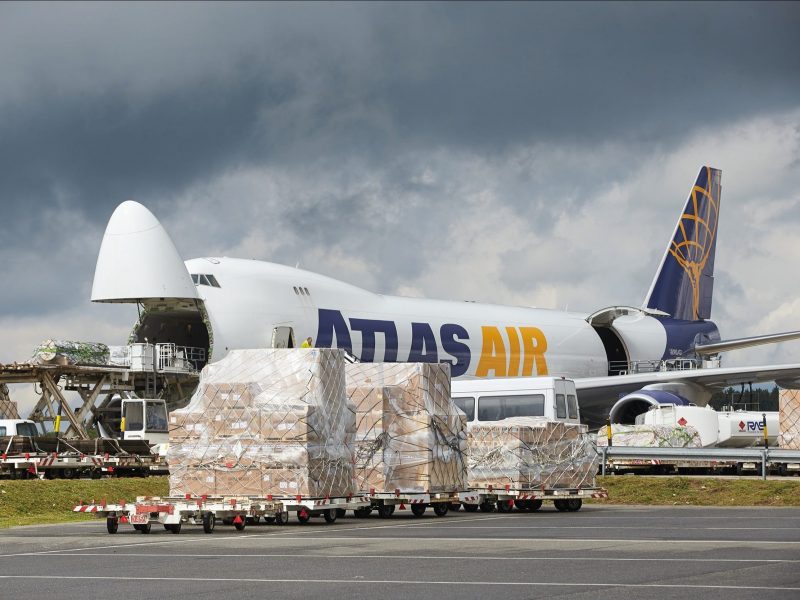
Despite being an all-American plane, all US airlines have retired the Boeing 747 from their fleets, with United Airlines and Delta Air Lines as the final two to fly it.
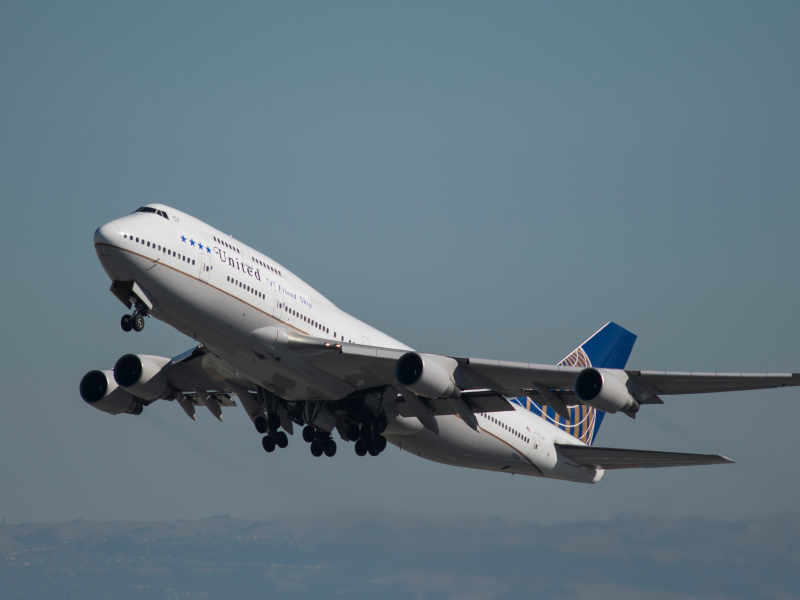
Among the most common operators of the aircraft today are European and Asian airlines such as Korean Air...
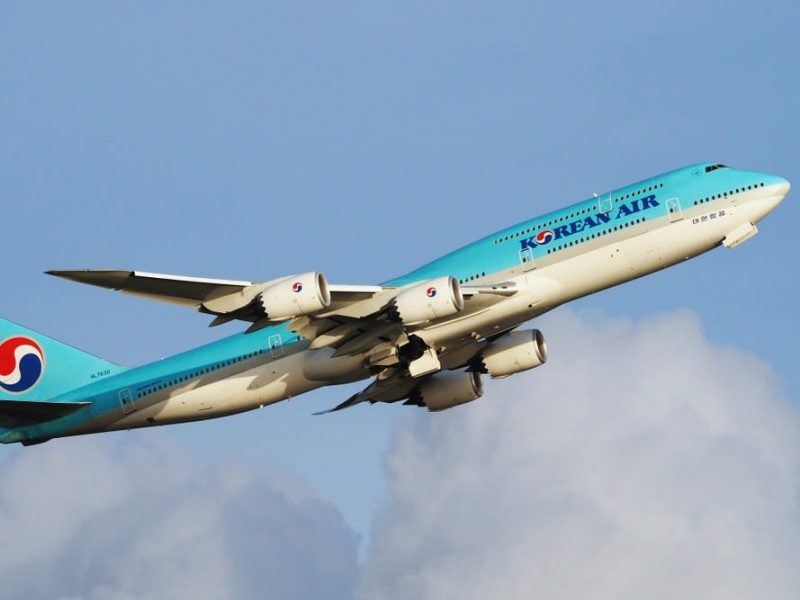
...and Lufthansa.
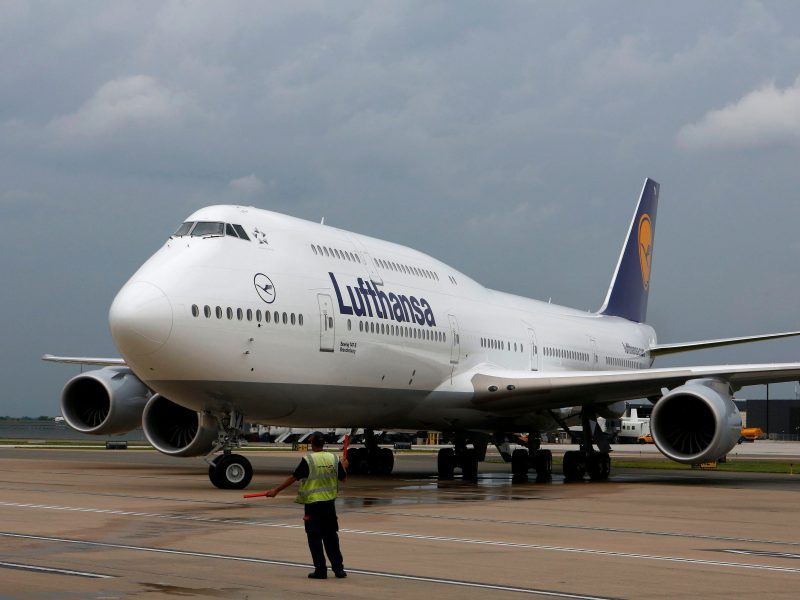
Australian flag carrier Qantas recently retired its Boeing 747 fleet, which was once a staple of transpacific travel, in favor of the Boeing 787 Dreamliner and Airbus A380.
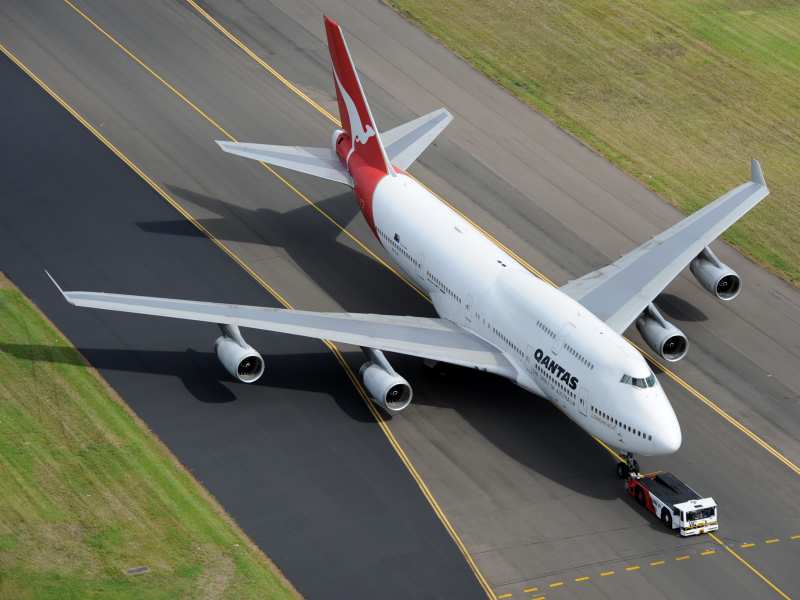
The coronavirus pandemic has accelerated the retirement of the 747 from airlines, including Qantas...
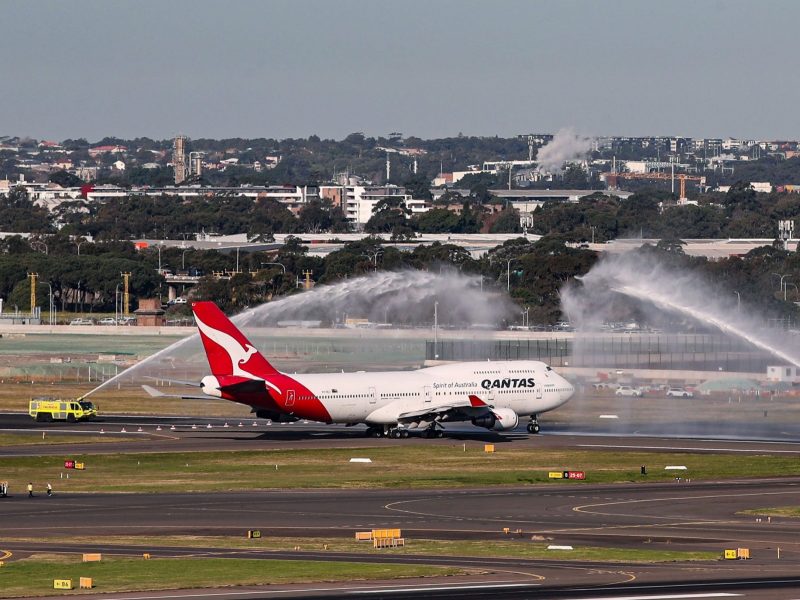
British Airways...
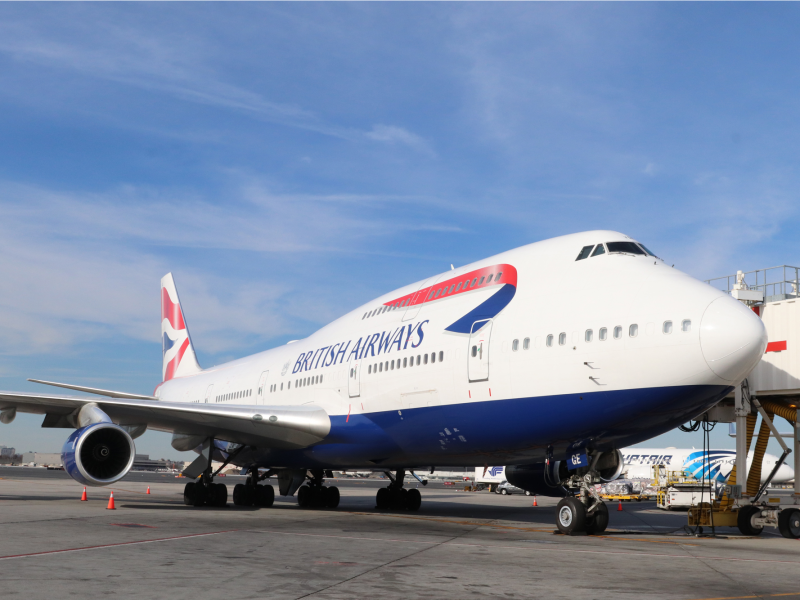
Virgin Atlantic Airways...
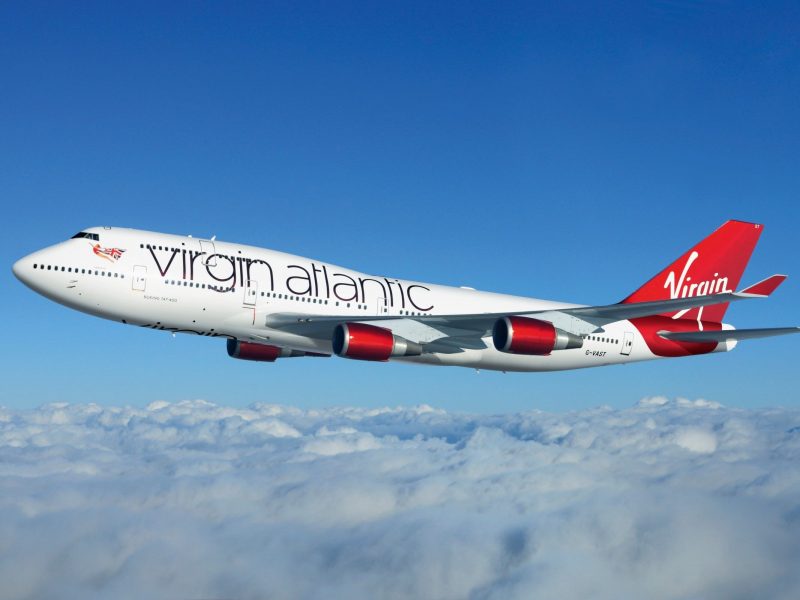
Corsair...
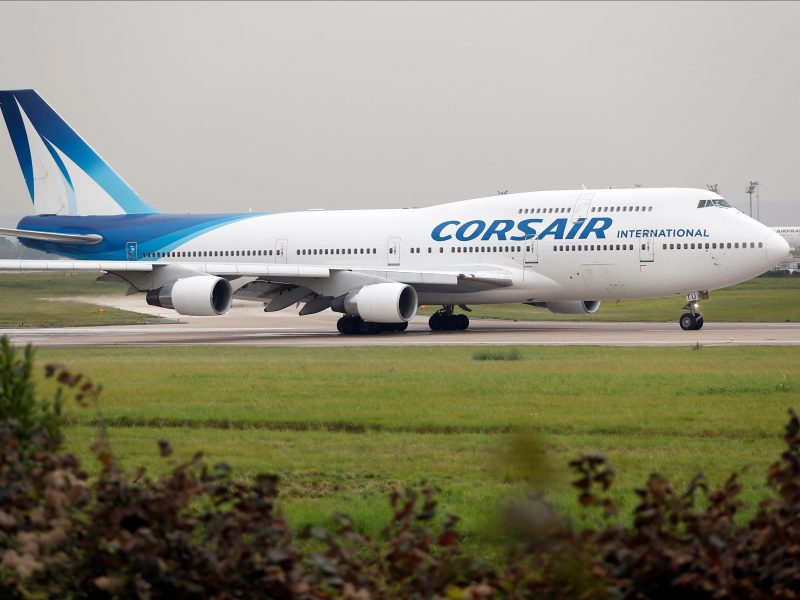
And KLM Royal Dutch Airlines.
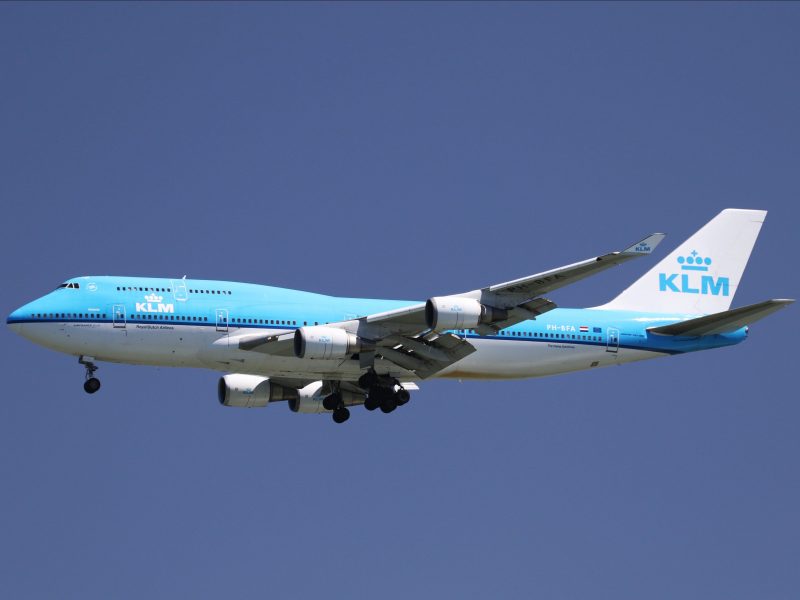
Perhaps the most well-known operator of the aircraft currently is the United States Air Force, which flies the President of the United States on a modified Boeing 747-200 called Air Force One when he's aboard.
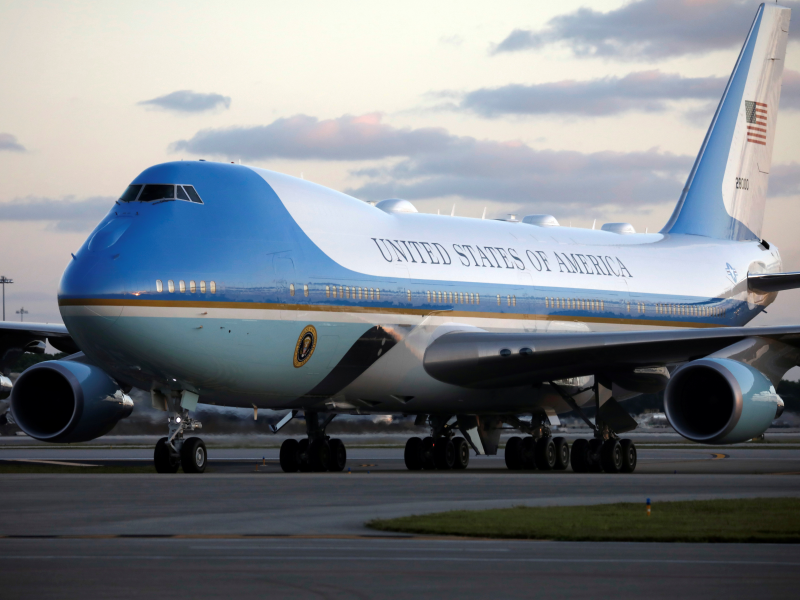
The blue-and-white 747 with "United States of America" lettering on the side is an iconic symbol of the presidency.
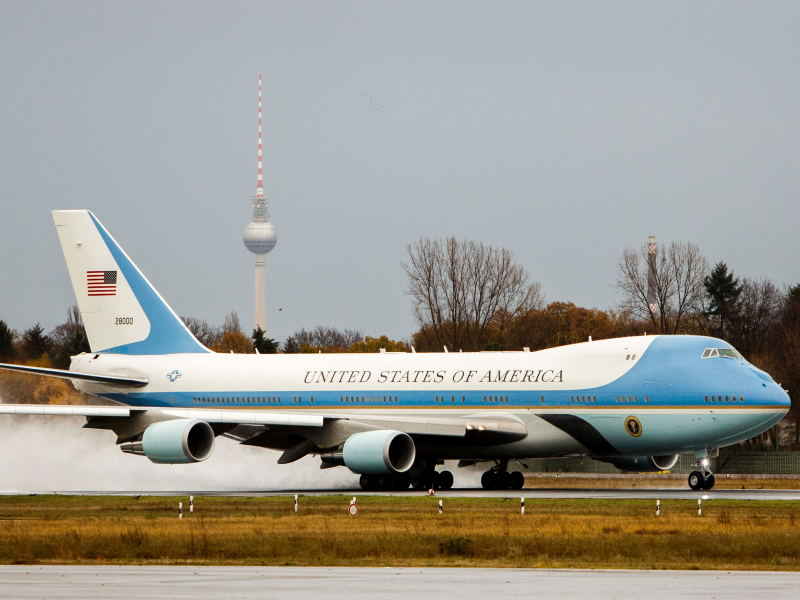
While the current model will soon be retired, the next aircraft to be used for Air Force One, the Boeing 747-8i, will soon replace it.
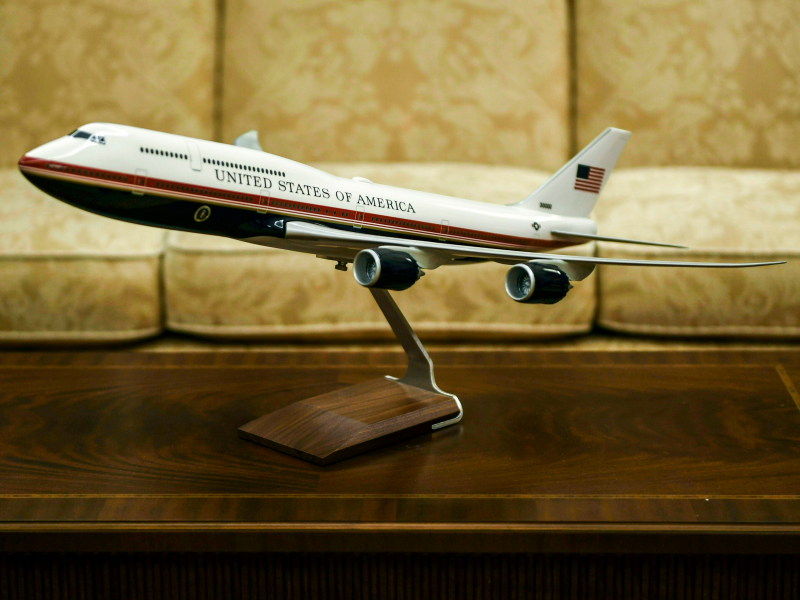
The 747-8i will be the last 747 line as Boeing will be ending production by 2023. The manufacturer confirmed the end of the road for the jet and has reportedly placed the last parts order for its final aircraft.
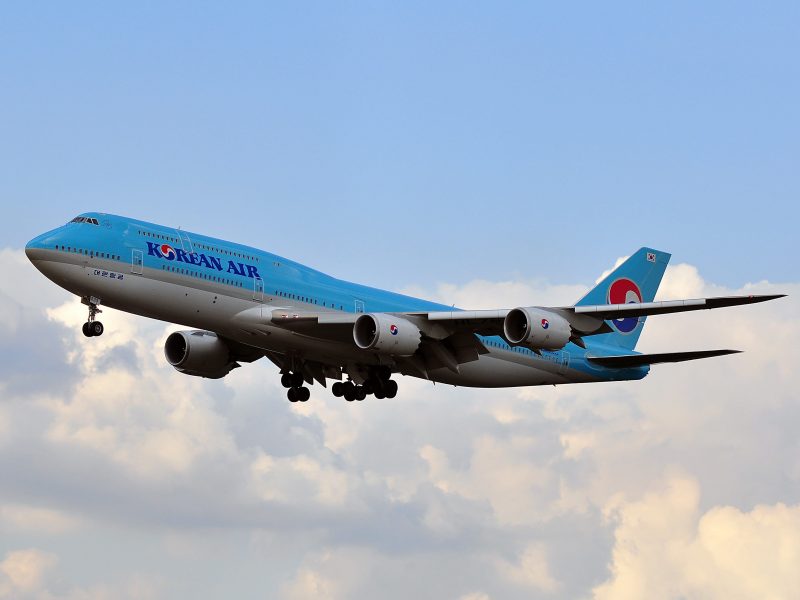
But Boeing will continue to support the plane for years to come, stating: "Our customer commitment does not end at delivery, and we'll continue to support 747 operations and sustainment well into the future."
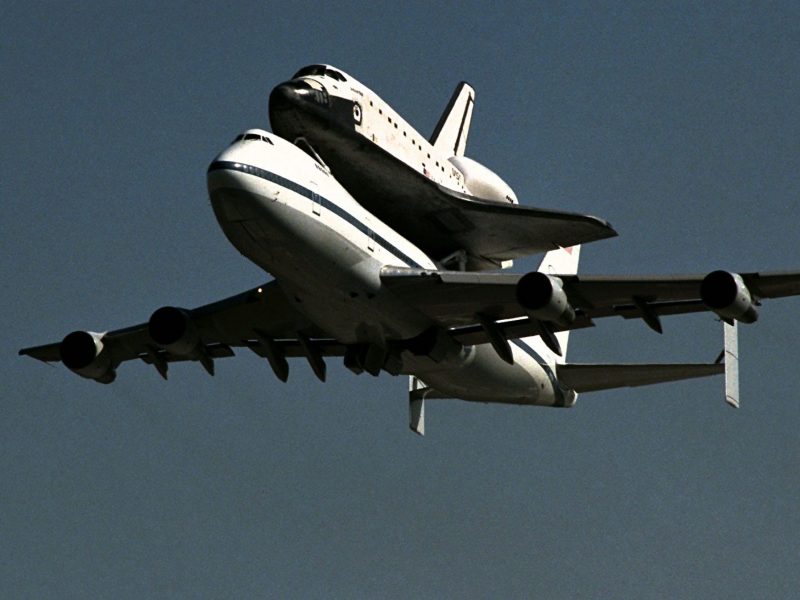
Source: Boeing
As the Queen of the Skies nears the end of its reign, its legacy will surely live on forever as the aircraft that revolutionized the aviation industry and made the world a smaller place for over 50 years.
